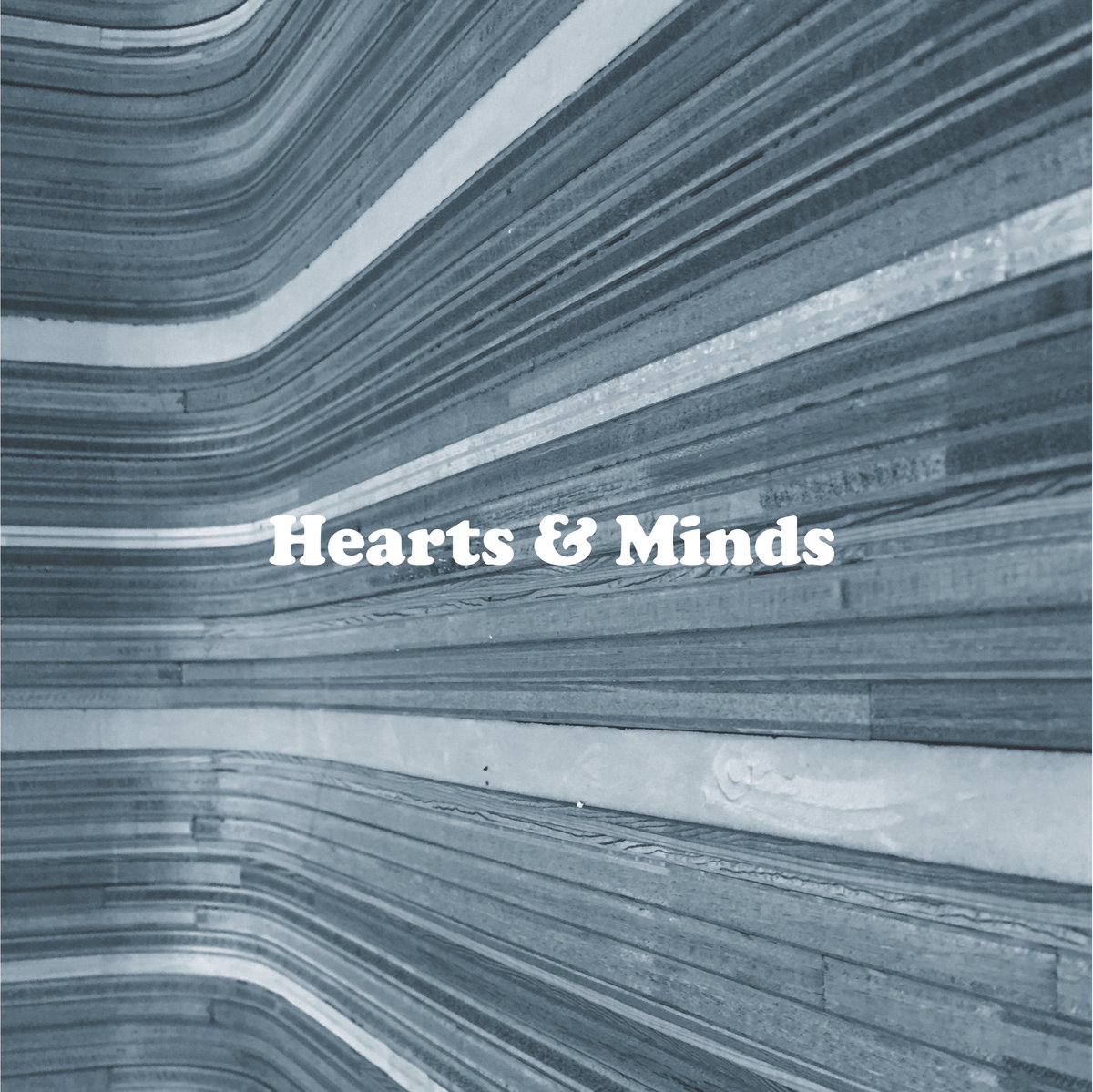The self-titled album by the Chicago-based band, Hearts and Minds, was released in October of 2016. Hearts and Minds is a synthesis of electronic noise and improvisational jazz, absorbing the listener into an atmosphere of synthesized fuzz and distortion. This is combined with a bass clarinet that produces both a more “classical” sound (notable in “Streaming” and “Irresolute”) as well as an uninhibited, experimental rush (“Nick Masonry” and “Old Balance”). The band is comprised of Jason Stein (bass clarinet), Paul Giallorenzo (synthesizer, E-Pianet) and Frank Rosaly (drums, electronics) join Stein on this record. I found this album comparable to a contemporary-art video installation, like something one would see at the New Museum or PS1. I’m watching- or listening- to something bizarre and confusing, and I don’t immediately know what it is, but I stay to feel it. The effect is intriguing, and I want to make sense of it, even if I can’t. Hearts and Minds takes “jazz” out of context and shatters it, creating something new with the broken pieces.
The album is a combination of flow and disruption. It begins abrupt and choppy. The synthesizer in “Stocky” reminding me of a violent traffic jam. I see cars piling up on a street, and bumpers slamming into each other; metal grating and scratching as colored lights spread green and red light over the scene. There is a collision between the clarinet, pianet, and drums and we hear the clarinet trying to pass through, at times screaming out, disarrayed. This is the tone throughout much of the album. My favorite track on Hearts and Minds strayed from the electronic style quite a bit. “Irresolute” opens sultry and hot. The track tiptoes and then becomes heavier and passionate. Once again, I see a street. This time, however, it is dark and charged with the simmering bustle of a Friday or Saturday night. People are leaving bars and nighttime hangouts, dizzy with the freedom of their next move. The city streets are full and seductive, drums throbbing as the clarinet slides over us.
The album’s cover art also created an accurate visual parallel to the music. The color is cool and metal-like, and the linear movement seems to be sprinting like sound waves running through the synthesizer. “Three for One” sounds like this. I could feel a sense of time elapsing on this track, also visible in the series of line speeding forward. The percussion keeps pace with soft taps; a clock ticking endlessly. The clarinet moves up and down at different points throughout the track, which turns into a galloping around 3:30. I felt a heightened sense of temporality on this track (and throughout Hearts and Minds). Movement and haste fill the album, yet the drum is deliberate and constant. This contrast of flow draws my attention to passing time, as I feel like I am moving along with the rushing sound. Despite this rush, the drum’s pulse keeps me from getting lost in the sound. The direction is continually advancing, only slowing at times to follow the clarinet’s lead.

